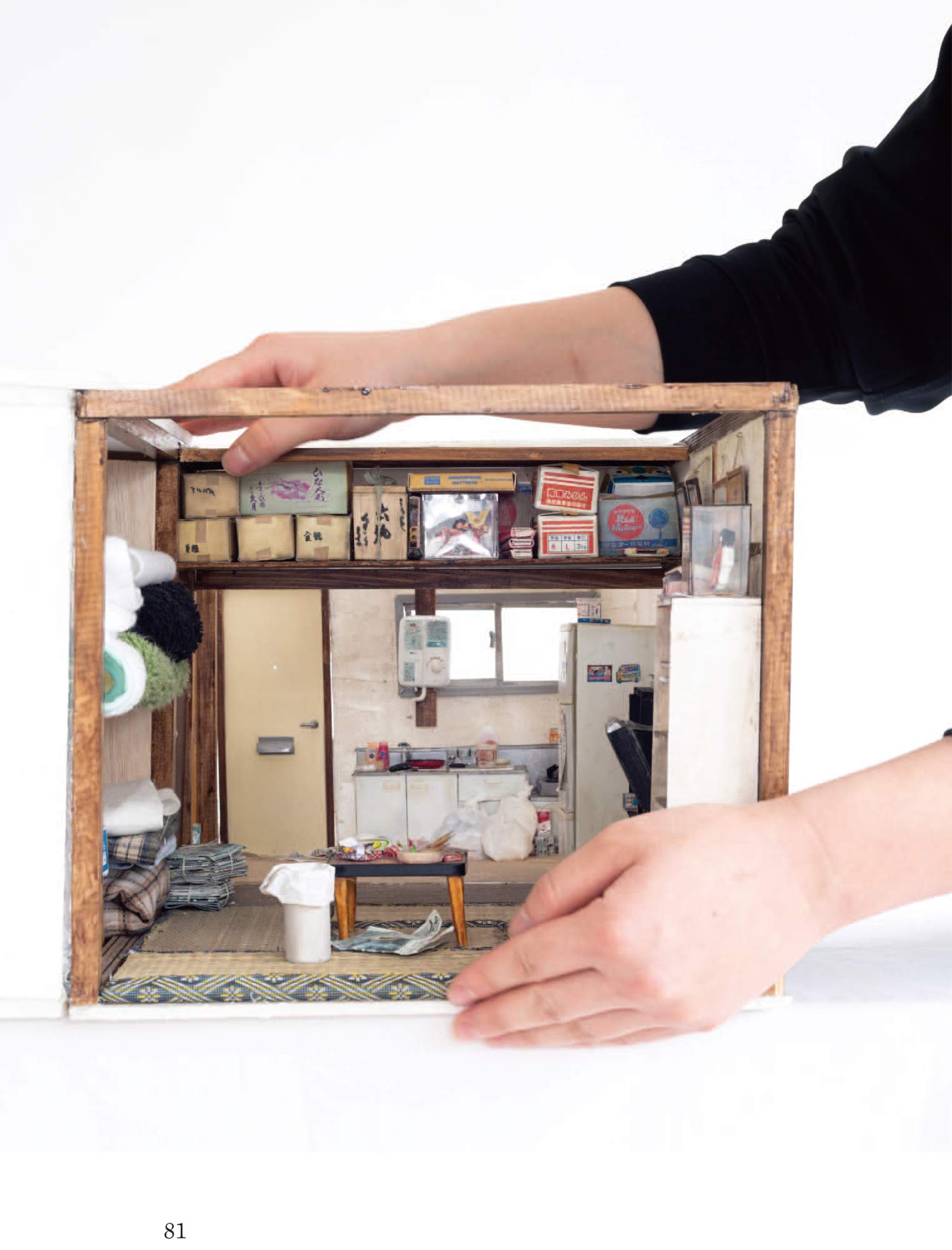
Twenty seven-year old Miyu Kojima (previously) works for a company that cleans up after kodokushi (孤独死) or lonely deaths: a Japanese phenomenon of people dying alone and remaining undiscovered for a long period of time. The instances first began to be reported around 2000, and are thought to be a product of increased social isolation coupled with a greying population.
Part art therapy and part public service campaign, Kojima spends a large portion of her free time creating detailed, miniature replicas of the rooms she has cleaned. Last month she released her first book, a series of essays that accompany the replica rooms she has created in the past.
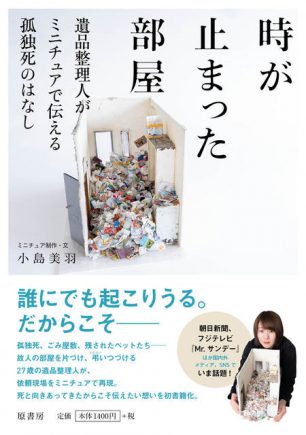
Kojima has been working for the clean-up company for about 5 years and explains that she cleans on average 300 rooms per year. The replicas are meant to capture the sadness of these lonely deaths, and help spread the word that this is a real issue. Her book, titled Toki ga Tomatta Heya (the room where time stopped), was released last month and is an extension of these efforts, containing photos of her work and several personal essays on Kojima’s reflections.
The duration, rather than the incident
One point that Kojima emphasizes in her book is that it’s not the dying alone that is the issue but rather the duration of time that elapses before the bodies are discovered. And therein lies the true sadness of these cases. Death can come at any time. It’s not something we can plan for. But these individuals were so cut-off from friends, family and society that weeks or sometimes months had elapsed before they were found.
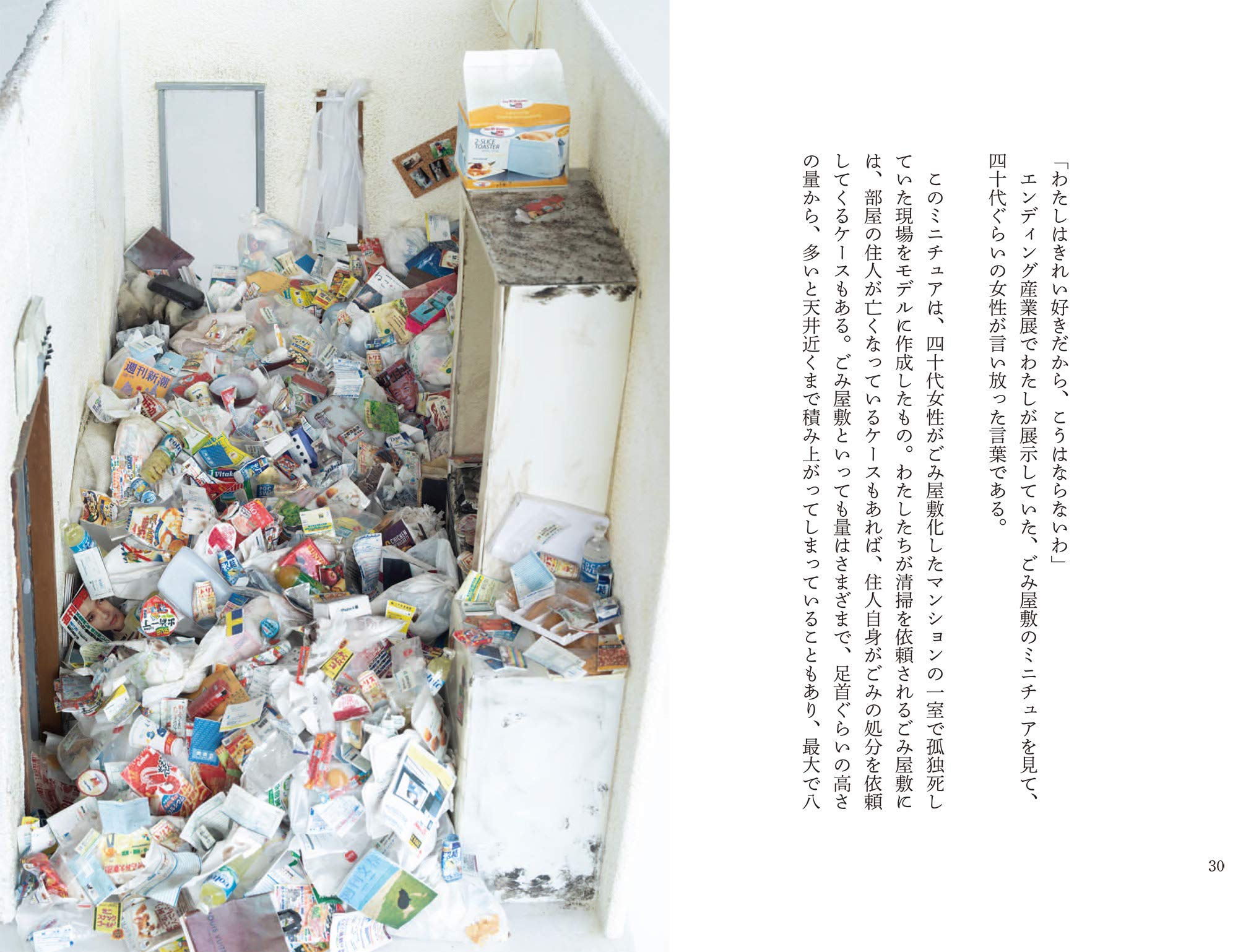
Kodokushi and her own father
Kojima originally started working for the clean-up company after her father experienced a similar fate. “I wished I would have fostered more of a bond with him,” she says. It was those feelings of regret that led her to create art that coveys the true sadness of kodokushi and, on another layer, the vital importance of simply communicating with those around you. Kodokushi doesn’t just affect the elderly. It can happen to anyone. But in almost all cases it happens to those who have poor relations with their family and no one to reach out to for help.
On Pets
In one of the final chapters, Kojima discusses the issue of pets, which are sometimes discovered when they are called to clean a room. Kojima is shocked when family members refuse to take the pets, or ask that they be put down. Whether animal or human, we all need to do more to value life.
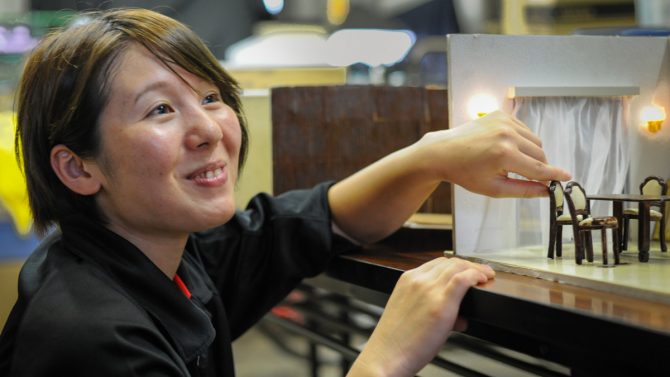
In a series of photos by Yuki Fukaya of Kojima at work, one can observe just how much time and detail goes into creating these miniature replicas. Kojima has no formal art training. She simply uses the supplies from her local craft store. Kojima says that she spends about 1 month on each replica. You can see more photos at Courrier Japon.
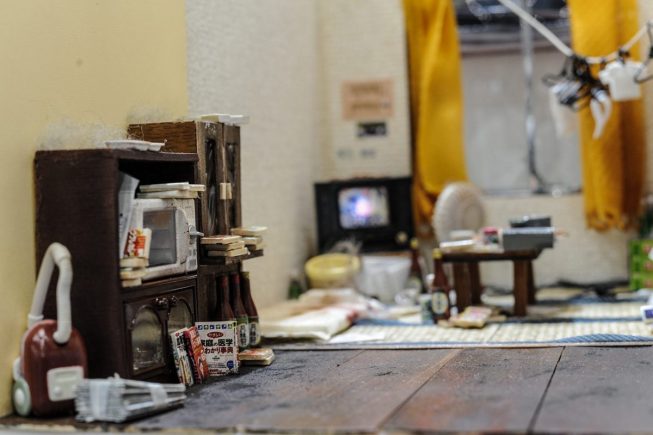
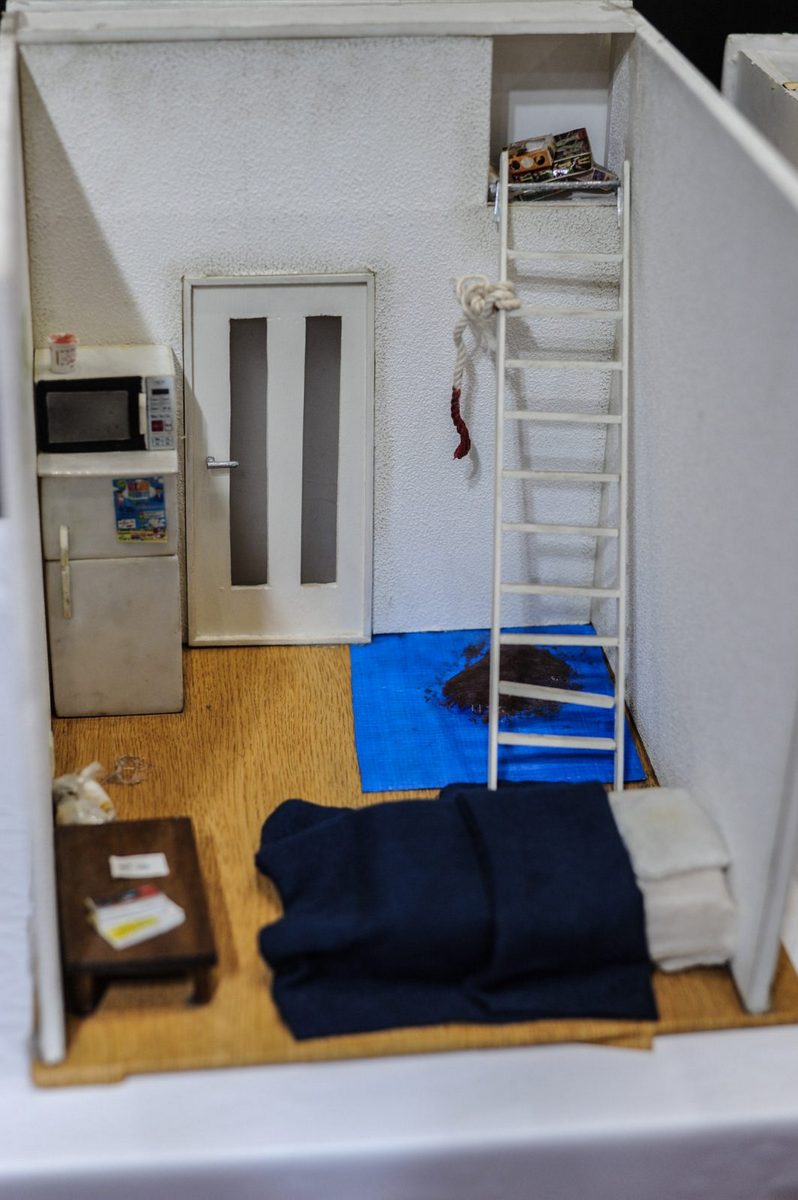
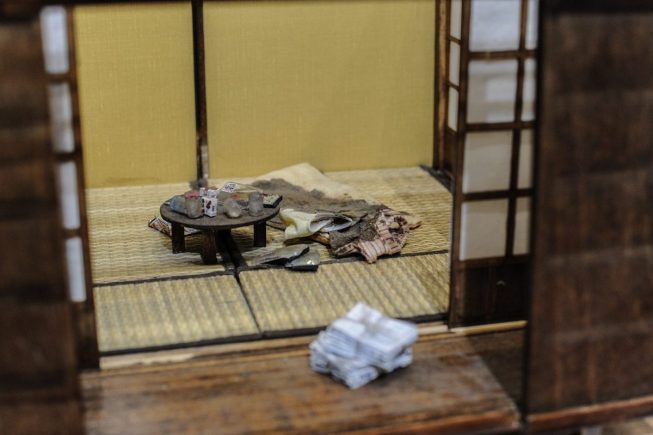
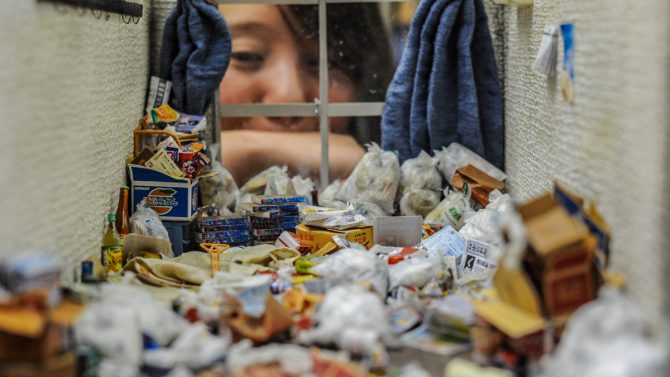
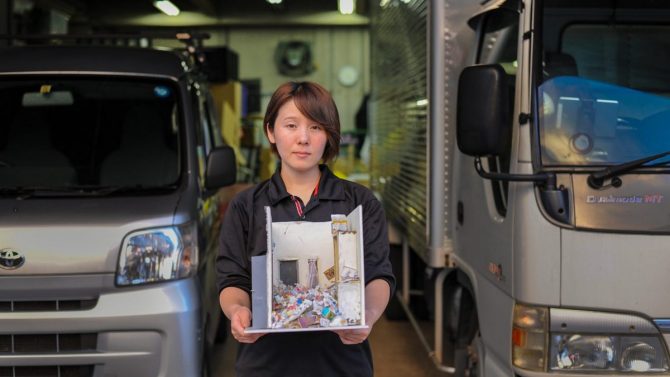
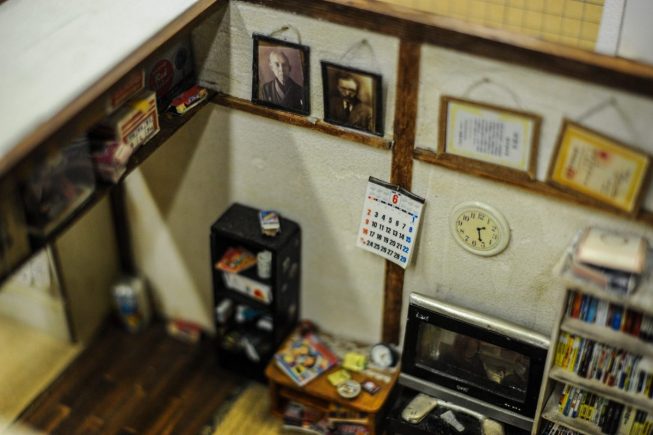





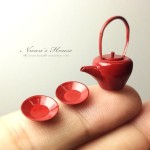


















September 25, 2019 at 8:03 pm
I find this a hauntingly beautiful idea. Will there be an english translation? I would love a copy of this book.
September 27, 2019 at 1:04 pm
I also agree. I would like to read this book too if it can be translated to English. It’s very unfortunate that this happens though.
September 30, 2019 at 10:50 am
An analysis of why it takes so long for the body to be discovered could be an extensive list of possibilities. For some, multiple reasons. Data on each of the reasons, geographic location, socio-economic status, mental health status, number of children, etc., might provide some insight. How might culture affect the outcomes? Interesting topic.
September 30, 2019 at 9:31 pm
Very haunting. I’m also interested in reading a translated version of this book.